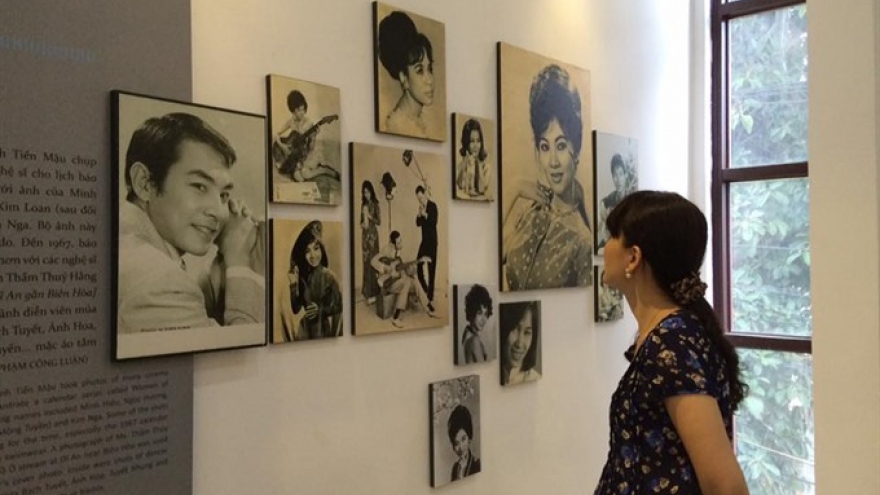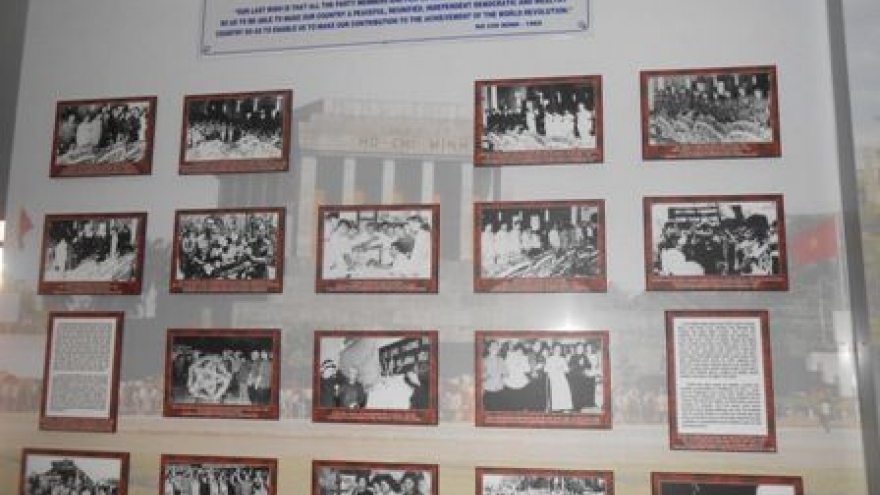In Vietnam, regional museums are a state budget black hole
While museums in Ho Chi Minh City lack the exhibition space to display prized artifacts and national treasures, counterparts elsewhere crave both the funding and technology to protect their exhibits from permanent damage.
 |
Some are unable to employ qualified staff and have made basic mistakes in identifying their own artifacts.
During a recent visit to the Museum of Vietnamese History, near the Saigon Zoo and Botanical Garden, at 2 Nguyen Binh Khiem Street in District 1, Bui Ta Hoang Vu, director of the municipal Department of Tourism, made the observation that local museums should create more compelling ‘narratives’ in order to make them regular destinations for tourists instead of attempting to cram such a large number of items into a limited space.
Speaking to Tuoi Tre (Youth) newspaper reporters, Hoang Anh Tuan, the museums director, acknowledged the shortcomings.
“While the museum space remains unchanged, its number of artifacts has surged eightfold since 1975 to 40,000 individual pieces, with the majority covered in dust inside a warehouse,” he added.
The institution has become desperate for space to properly showcase and preserve its collection of national treasures.
One of these is the museum’s collection of more than 100 age-old Buddha statues. Currently, only 20 are on public display.
An appropriate area to exhibit more antiques from Vietnam’s Nguyen Dynasty (1802-1945), the country’s last monarchy, remains Tuan and his predecessors’ burning desire, as they can now only display around one-sixth of their total assortment.
The Museum of Southern Vietnamese Women, at 202 Vo Thi Sau, District 3, does not fare much better.
Its valued collection includes wartime banknotes, 200 ao dai (a traditional Vietnamese gown) worn by celebrities, and approximately 15,000 war mementos still awaiting their first public showing.
Unbeknownst to most, eight years ago the municipal People’s Committee granted the Ho Chi Minh City Museum, at 65 Ly Tu Trong, District 1, VND3 billion (US$ 130,793) to purchase a collection of 220 gold and silver coins and bars used as bonuses during the Nguyen Dynasty.
Luu Tuyet Trinh, the museum’s deputy director, said they had so far only been able to put a portion of the collection on view due to a lack of proper exhibition space.
National treasures neglected
The situation is equally grim and even worse in other parts of the country.
A worrying number of artifacts, including some designated as national treasures, have suffered from years of neglect.
Among them are two of the three Uy Phuc cannons, both named Bao Quoc An Dan Dai Tuong Quan (High-ranking General who fights to safeguard his country and people), which were recognized by the government as national treasures in late 2013.
The otherwise cherished items are currently lying neglected in an aisle at Ha Tinh Museum in the namesake province in north-central Vietnam.
Nguyen Tri Son, the museum’s director, acknowledged the risk of extensive damage, adding they had no other choice, other than spending millions of dong (VND1 million = $44) saving the items from further decay.
The cultural facility is currently home to more than 8,000 prized artifacts which fill four warehouses to capacity.
“Our ‘cutting-edge’ equipment includes electric fans and vacuum cleaners. It really makes our hearts ache to see the items wasting away, but our hands are tied,” Son noted.
Nghe An Museum in the namesake province in the north-central region, which prides itself on 25,000 pieces, is in a similar state.
Its centuries-old collectibles from Vac Village, representing the peak of the Dong Son culture that flourished between 700 and 100 BC, lie dormant and at the mercy of the elements.
Several of these priceless cultural exhibits, including exquisitely adorned daggers and iconic bronze drums, currently fetch thousands of U.S. dollars on the open market.
According to Nguyen Duc Kiem, the museum’s acting director, the institution can do little to prevent the collection, as well as others crafted from paper, leather, fabric or herbs, from further deterioration.
Meanwhile, Hue Cultural Museum, located in Hue City, the country’s former imperial capital, in the central province of Thua Thien-Hue, remains ‘an empty institution.'
Established in 1989, the facility did not settle into its current home, two French villas, until 2012, after its directorate had sought an official premise for years.
With a mere 752 artifacts and 12 staff members, only two of whom are qualified, the museum’s regular activities so far include leasing space for exhibitions, and ca Hue (traditional Hue music) performances.
Nguyen Hong Hoa Tranh, its director, admitted that they were yet to hold any exhibitions given the paltry number of items, and are yet to receive sufficient funding to make purchases, which is also a time-consuming process.
Experts, however, have pointed out that even if museums manage to recruit qualified personnel, most of the staff are not knowledgeable about the artifacts, particularly how to tell fakes from the genuine articles.



